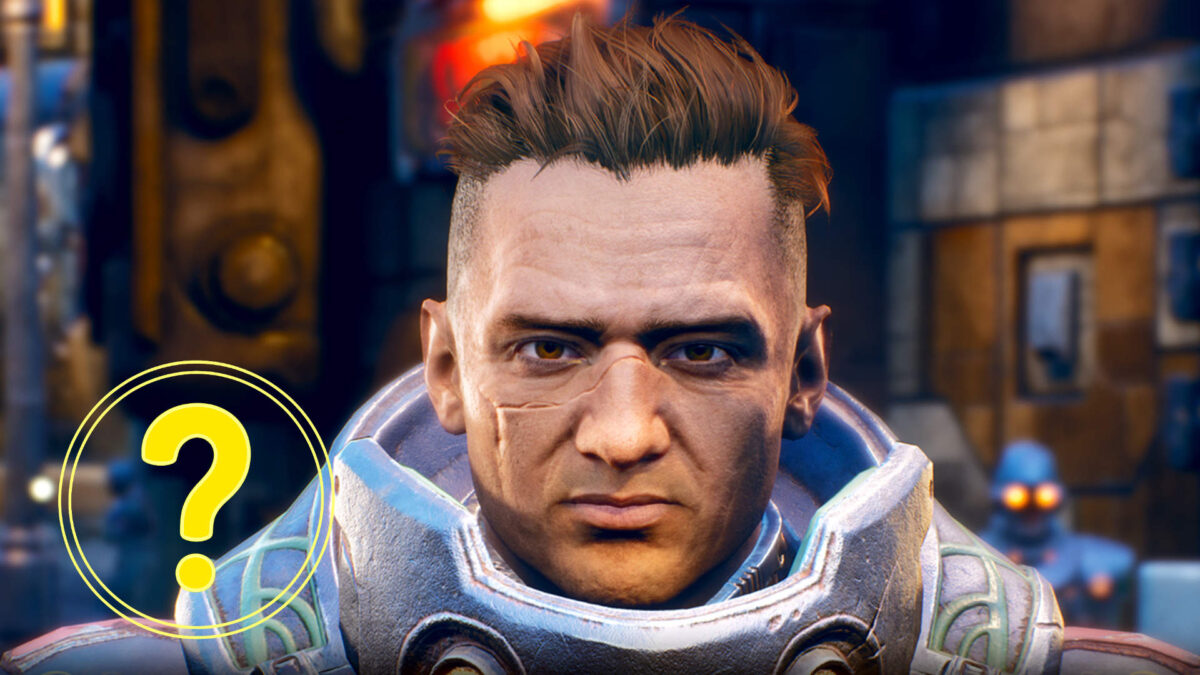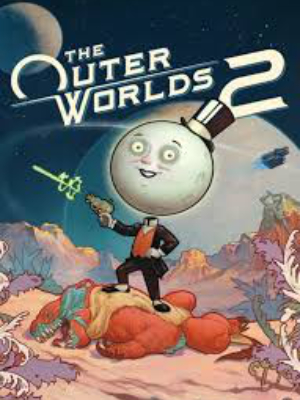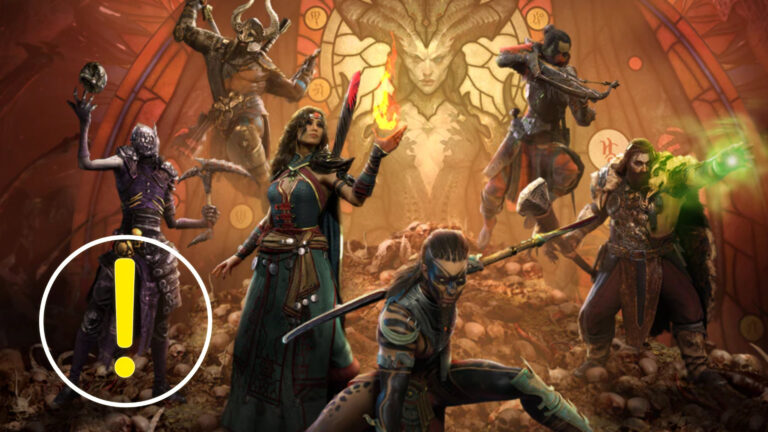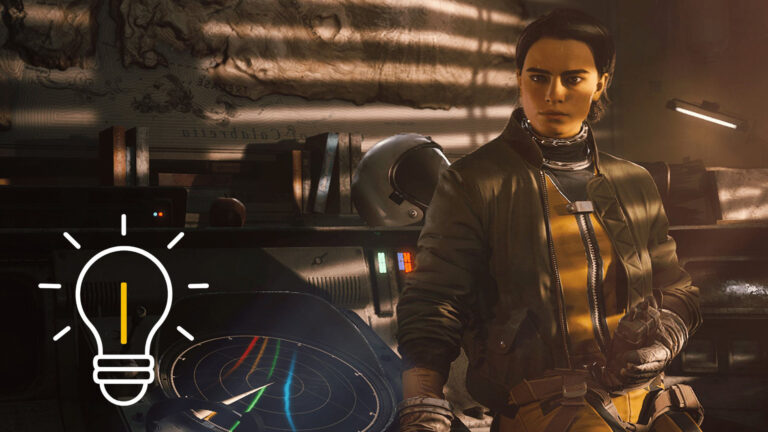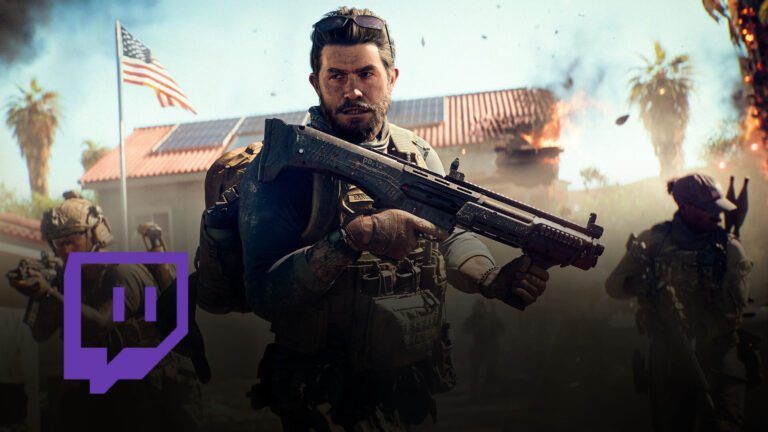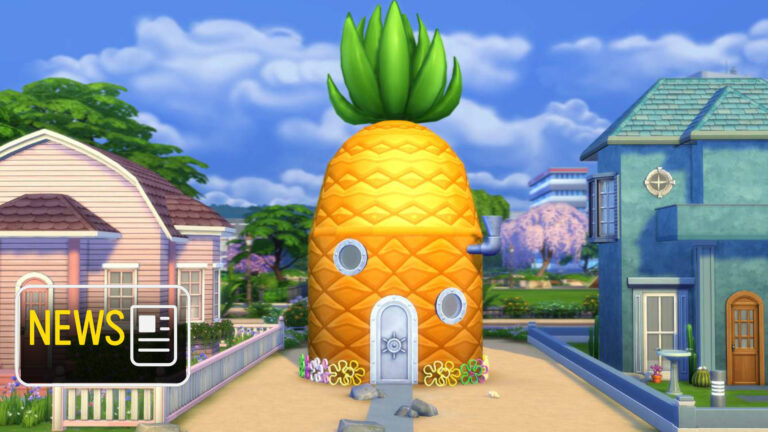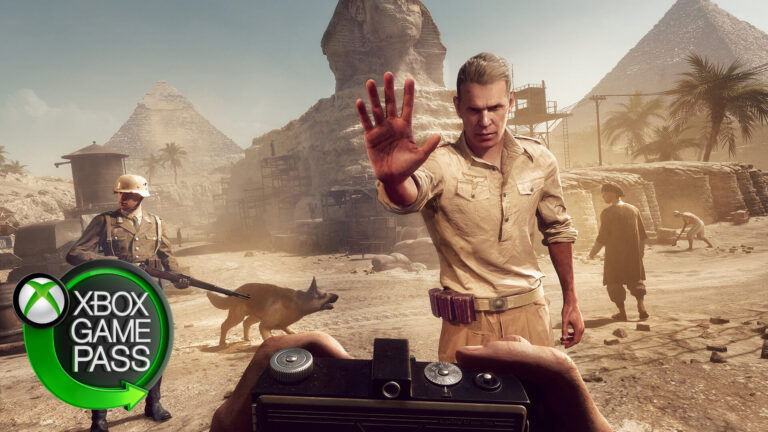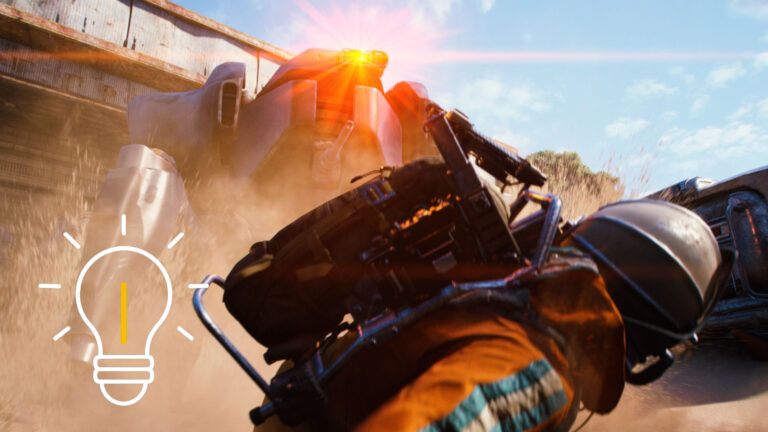The Outer Worlds 2 introduces new worlds, stories, and characters — but how much of the original does it build on? Here’s what you need to know about the connection between both games.
The Outer Worlds 2 is nearing release, and many fans are wondering: Do you need to play the first game to understand the sequel? We’ve summed up everything about the narrative links, differences, and what happened in the original story.
Do I need to play The Outer Worlds 1?
According to the developers, it’s not necessary to have played the first game. The Outer Worlds 2 tells a completely new story set in a different galaxy with an all-new cast of characters. The plot stands on its own and doesn’t require any prior knowledge.
That said, playing the original is still worthwhile. It helps you understand the broader universe and recognize certain references. Plus, the first game remains an excellent RPG — filled with sharp satire, strong writing, and a darkly funny look at corporate power.
What’s the connection between Part 1 and Part 2?
Even though The Outer Worlds 2 tells an independent story, it remains consistent within the same shared universe. Several corporations and factions from the first game return, along with familiar themes and institutions:
- The Earth Directorate — a powerful organization first introduced in the original game — plays a major role in the sequel. Your player character works as or for one of its agents.
- Auntie’s Choice, a merger of Spacer’s Choice and Auntie Cleo from the first game, took control of the Arcadia colony roughly 1,000 days ago. The faction embodies extreme corporate capitalism.
- The Order of Ascendant — a fanatic offshoot of a scientific order from the first game (Order of Scientific Inquiry) — now seeks the “perfection” of humanity.
The overarching mystery of Earth’s lost contact is also revisited. Thematically, the universe stays true to itself: critiques of capitalism, corporate dominance, and ideological power struggles remain central.
Are there returning characters?
None of the main characters from the first game appear in The Outer Worlds 2. Instead, you’ll meet six new companions, each tied to a faction and their own backstory:
- Niles: A conflicted recruit of the Earth Directorate.
- Inez: A former test subject with cybernetic implants from Auntie’s Choice.
- Aza: A violent and unpredictable cult fanatic.
- Marisol: A stoic assassin serving the Order of Ascendance.
- Tristen: A muscle-bound enforcer and judge with Protectorate roots.
- Valerie: A hovering support drone with hidden potential.
The companions are entirely new but deeply integrated into the political and social fabric of the world.
What’s new in The Outer Worlds 2?
The Outer Worlds 2 significantly expands its gameplay. Alongside an all-new galaxy and more open environments, players can expect a host of new mechanics:
- Over 90 perks and an improved flaw system that permanently affects your playstyle.
- New skills like Hacking, Engineering, and a full stealth system with takedowns.
- New weapons such as energy blades, slime cannons, and absurd “science guns.”
- Enhanced mobility with double jumps and parkour.
- Greater focus on classic RPG and immersive sim design inspired by Fallout: New Vegas, Deus Ex, and Dishonored.
- Different origin stories (e.g. ex-convict, law enforcer, gambler) that strongly impact dialogue and quests.
The gameplay feels more action-driven, complex, and focused on skills rather than raw stats.
Recap: What was the first game about?
The Outer Worlds (2019) takes place in the Halcyon system — a colony on the edge of known space. In this alternate timeline, U.S. President McKinley survives the 1901 assassination attempt, halting major social reforms. Corporations soon take full control of society.
The player awakens from cryosleep aboard the colonist ship “Hope,” freed by eccentric scientist Phineas Welles. Your mission: uncover what happened to the missing colonists and expose the corporate conspiracies led by the powerful Halcyon Board.
The game features open exploration, multiple factions, and extensive player choice. Whether you rely on diplomacy, deception, or all-out combat, every decision shapes the narrative. At its core, the game critiques unchecked corporate power and questions how much freedom is possible in a profit-driven society.
Conclusion: Is The Outer Worlds 1 worth playing first?
Absolutely — even if it’s not required. Playing the first game gives you deeper insight into the universe, its themes, and recurring factions. Plus, The Outer Worlds remains a standout satirical RPG that still holds up today. Jumping straight into The Outer Worlds 2 won’t leave you lost, but you’d be missing a genuinely great experience.

